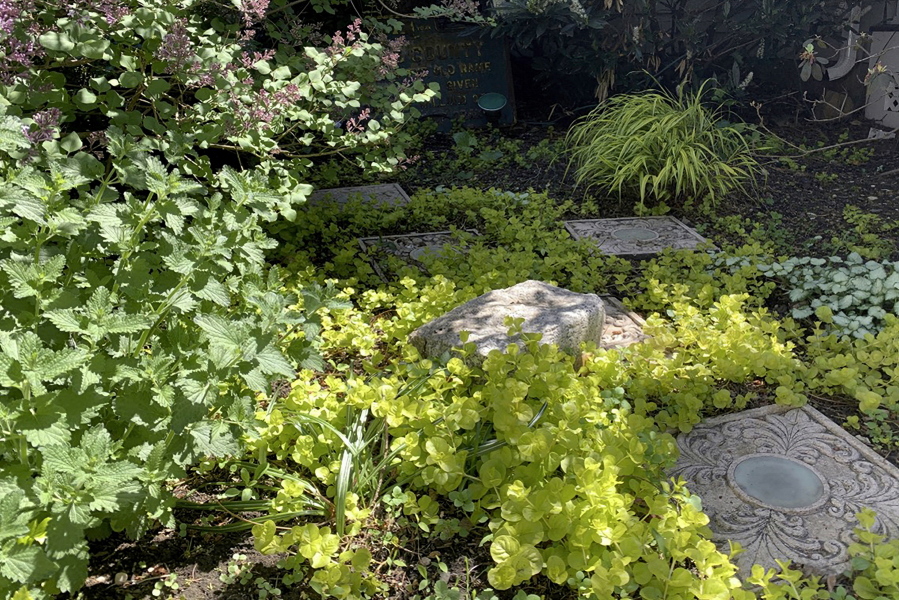Gardening in the shade is often thought of as a Sisyphean endeavor, swimming upstream against all odds with limited plant choices and no hope for color.
But that notion couldn’t be further from the truth. Learning how to work with — not necessarily around — shady conditions, and finding the right plants for the right place can make all the difference.
The first step is understanding the type of shade you have. Identify the spot where you’d like to locate a bed or border and observe the light there during an entire day, taking note of how many hours of direct sunlight reaches the ground.
The three main types of shade are characterized as part shade (3-6 hours of direct sun, typically in the morning), full shade (less than 3 hours of direct sun) and deep shade (sunlight seldom, if ever, gets through trees or past structures like buildings and fences). Sunlight filtered through overhead tree branches resulting in light, spotty shade is referred to as “dappled.”
Shady gardens typically take longer to warm up in spring, remain cooler on hot summer days and will likely require more fertilizer. They usually need less water, as soil remains moist longer after rainfall or irrigation than it does in full sun.
A generous dose of compost incorporated into soil at planting time will increase the water-holding capacity of sand, improve the drainage of clay, and add high-quality nutrients. Two to 3 inches of mulch applied over beds will help keep soil moisture balanced, but take care not to cover exposed tree roots.
Deep shade, usually on the north side of the house or under trees with dense canopies, is the most challenging for gardeners. If you garden in a three- or four-season climate where deciduous trees block the summer sun, take advantage of springtime conditions by planting bulbs. They’ll wrap up their colorful spring show before the trees leaf out.
Consider painting fences and structures white to reflect sunlight. And decorate the area with light or bright hardscape elements like statues and gazing balls.
As for plant options, a Google search will get you started. Groundcovers like ajuga may survive, if not thrive.
For part shade, seek out plant varieties with white, silver, variegated, yellow or chartreuse foliage, such as coleus, coral bells, golden creeping Jenny and Hakone grass, to brighten the space. Anemone, astilbe, fern, hosta, oakleaf hydrangea, ligularia, rhododendron, toad lily and woodland phlox thrive in many U.S. regions.
Don’t discount growing edibles. Leafy greens actually grow better in part shade than in full sun. Asian greens, arugula, cilantro, spinach and kale will provide a nice harvest in dappled to part shade.



